1. Dekker GA, Sibai BM. Etiology and pathogenesis of preeclampsia: current concepts. Am J Obstet Gynecol 1998;179:1359–1375.


2. Roberts CL, Algert CS, Morris JM, Ford JB, Henderson-Smart DJ. Hypertensive disorders in pregnancy: a population-based study. Med J Aust 2005;182:332–335.


3. Shah DM. Perinatal implications of maternal hypertension. Semin Pediatr Neurol 2001;8:108–119.


4. Gasem T, Al Jama FE, Burshaid S, Rahman J, Al Suleiman SA, Rahman MS. Maternal and fetal outcome of pregnancy complicated by HELLP syndrome. J Matern Fetal Neonatal Med 2009;22:1140–1143.


5. Koenig JM, Christensen RD. Incidence, neutrophil kinetics, and natural history of neonatal neutropenia associated with maternal hypertension. N Engl J Med 1989;321:557–562.


6. Fraser SH, Tudehope DI. Neonatal neutropenia and thrombocytopenia following maternal hypertension. J Paediatr Child Health 1996;32:31–34.


7. Kuntz TB, Christensen RD, Stegner J, Duff P, Koenig JM. Fas and Fas ligand expression in maternal blood and in umbilical cord blood in preeclampsia. Pediatr Res 2001;50:743–749.


8. Christensen RD. Neutrophil kinetics in the fetus and neonate. Am J Pediatr Hematol Oncol 1989;11:215–223.

9. Koenig JM, Yoder MC. Neonatal neutrophils: the good, the bad, and the ugly. Clin Perinatol 2004;31:39–51.


10. Funke A, Berner R, Traichel B, Schmeisser D, Leititis JU, Niemeyer CM. Frequency, natural course, and outcome of neonatal neutropenia. Pediatrics 2000;106(1 Pt 1): 45–51.


11. Baley JE, Stork EK, Warkentin PI, Shurin SB. Neonatal neutropenia. Clinical manifestations, cause, and outcome. Am J Dis Child 1988;142:1161–1166.


12. Carlton DP, Cho SC, Albertine KH, Davis PL, Miciak JR, Bland RD. Neutrophil depletion inhibits lung vascular injury and edema in preterm lambs. Pediatr Res 1994;35:10000327
13. Kim HS, Park JD, Kim BI, Choi JH, Yun CK. Association of early postnatal neutropenia and development of bronchopulmonary dysplasia in preterm infants. J Korean Pediatr Soc 1998;41:1033–1060.
14. Albertine KH, Carlton DP, Lont M, Davis PL, Bland RD. Pulmonary sequestration of neutrophils in preterm lambs with lung vascular injury. Pediatr Res 1994;35:10000389
15. Gluck L, Kulovich MV. Lecithin-sphingomyelin ratios in amniotic fluid in normal and abnormal pregnancy. Am J Obstet Gynecol 1973;115:539–546.


16. Sibai BM. Hypertensive disorders of pregnancy: the United States perspective. Curr Opin Obstet Gynecol 2008;20:102–106.


17. Manroe BL, Weinberg AG, Rosenfeld CR, Browne R. The neonatal blood count in health and disease. I. Reference values for neutrophilic cells. J Pediatr 1979;95:89–98.


18. Burrows RF, Kelton JG. Fetal thrombocytopenia and its relation to maternal thrombocytopenia. N Engl J Med 1993;329:1463–1466.


19. Morley CJ. Harvey D, Cooke UW, Levitt GA,Prevention of respiratory distress syndrome. editors. The baby under 1000 g. 1989;London: Butterworth Co, :23–49.
20. Jobe AH, Bancalari E. Bronchopulmonary dysplasia. Am J Respir Crit Care Med 2001;163:1723–1729.


21. Young Infants Clinical Signs Study Group. Clinical signs that predict severe illness in children under age 2 months: a multicentre study. Lancet 2008;371:135–142.


22. Boxer LA. Immune neutropenias. Clinical and biological implications. Am J Pediatr Hematol Oncol 1981;3:89–96.

23. Christensen RD, Calhoun DA, Rimsza LM. A practical approach to evaluating and treating neutropenia in the neonatal intensive care unit. Clin Perinatol 2000;27:577–601.


24. La Gamma EF, Alpan O, Kocherlakota P. Effect of granulocyte colony-stimulating factor on preeclampsia-associated neonatal neutropenia. J Pediatr 1995;126:457–459.


25. Doron MW, Makhlouf RA, Katz VL, Lawson EE, Stiles AD. Increased incidence of sepsis at birth in neutropenic infants of mothers with preeclampsia. J Pediatr 1994;125:452–458.


26. Rath W, Faridi A, Dudenhausen JW. HELLP syndrome. J Perinat Med 2000;28:249–260.

27. Paul DA, Leef KH, Sciscione A, Tuttle DJ, Stefano JL. Preeclampsia does not increase the risk for culture proven sepsis in very low birth weight infants. Am J Perinatol 1999;16:365–372.


28. Yoon HS, Park SJ, Kim EA, Kim KS, Pi SY. Hematologic characteristics of neonates born to pregnancy-induced hypertensive mothers. J Korean Soc Neonatol 1998;5:158–166.
29. Lee KJ, Yun SY, Lee R, Hean JH, Jung GY, Park JH, et al. Peripheral neutrophil count and respiratory failure in preterm infant. J Korean Pediatr Soc 2002;45:596–602.
31. Mouzinho A, Rosenfeld CR, Sanchez PJ, Risser R. Revised reference ranges for circulating neutrophils in very-low-birth-weight neonates. Pediatrics 1994;94:76–82.

34. Sharma G, Nesin M, Feuerstein M, Bussel JB. Maternal and neonatal characteristics associated with neonatal neutropenia in hypertensive pregnancies. Am J Perinatol 2009;26:683–689.


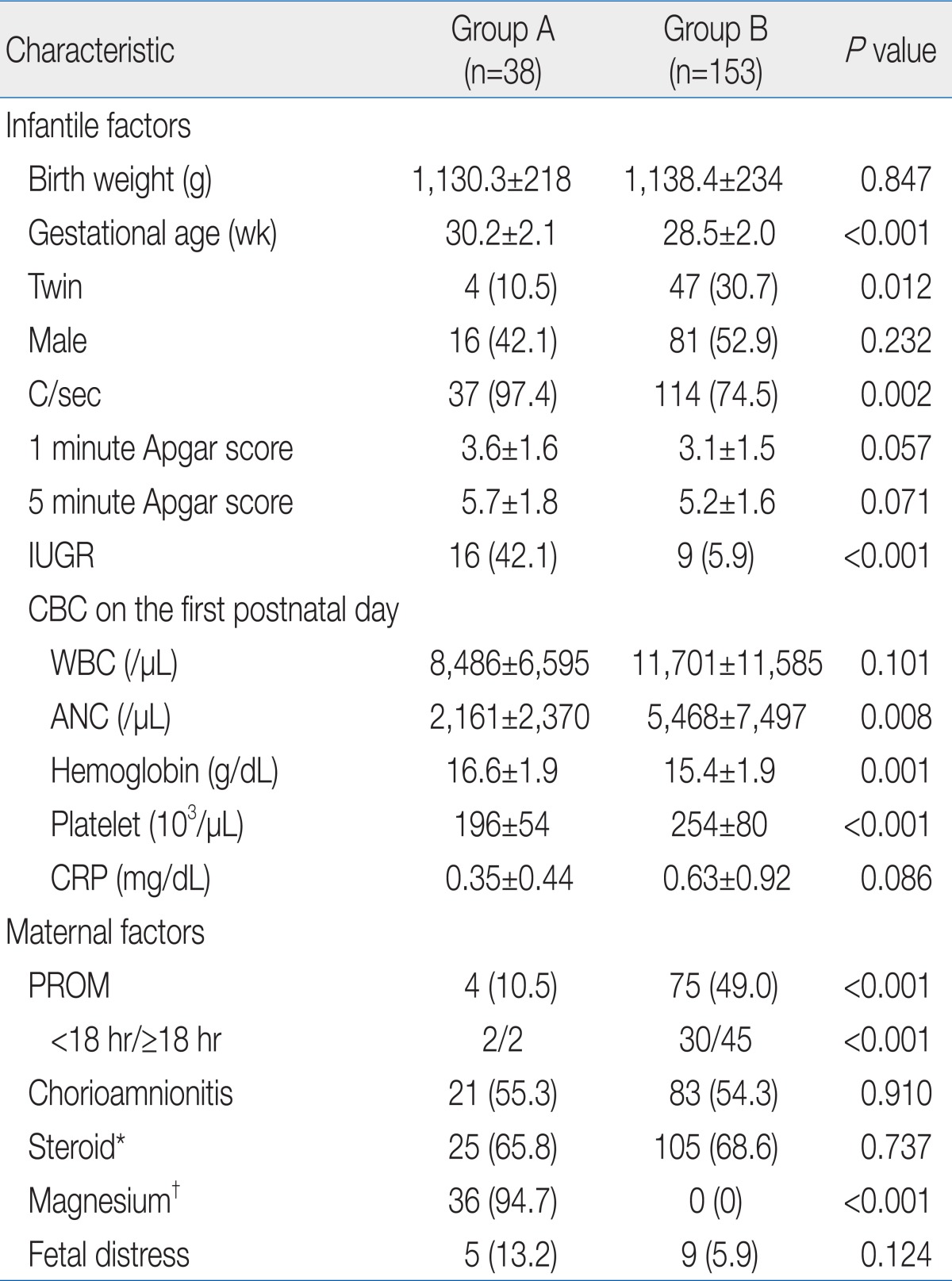
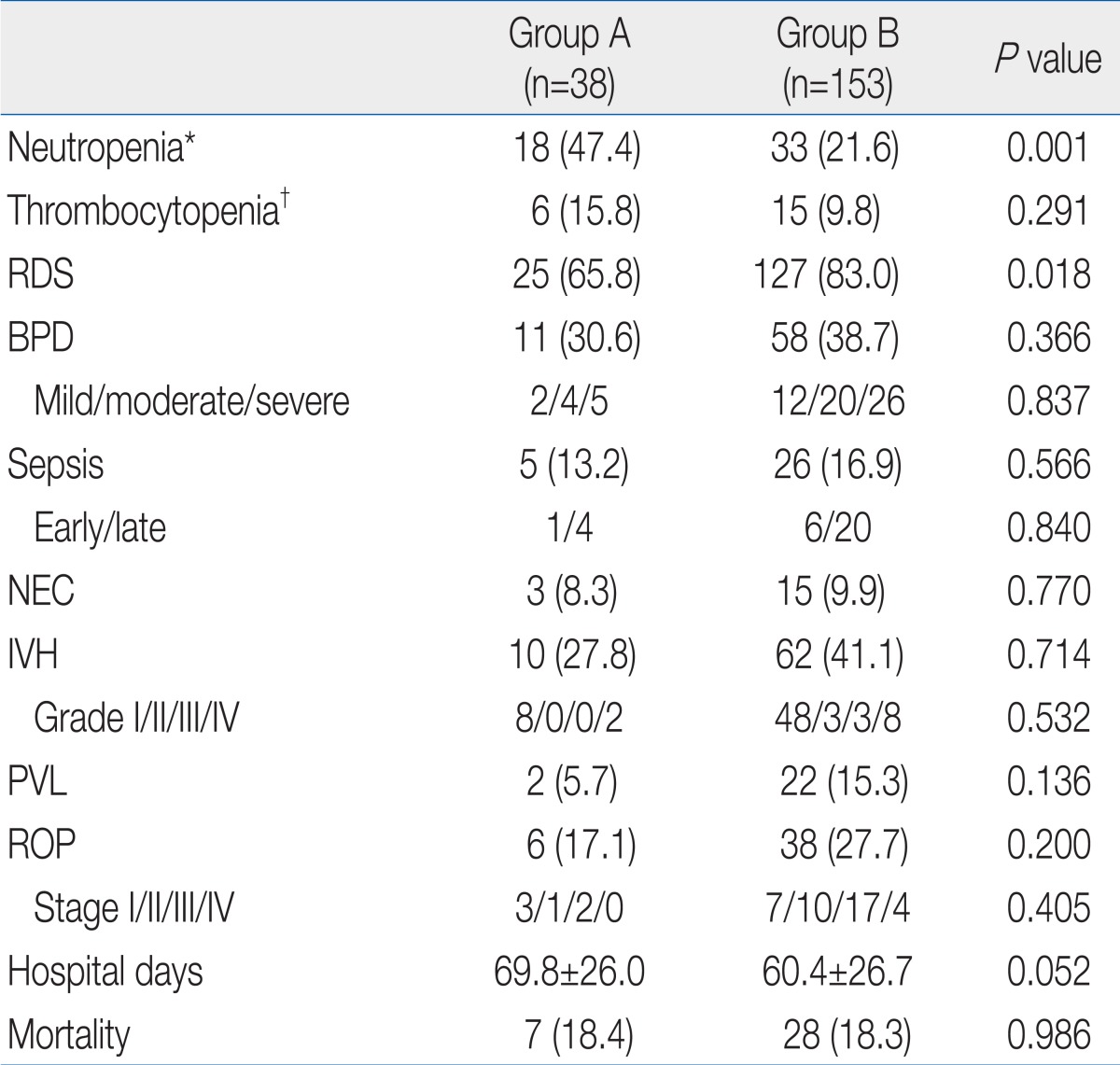
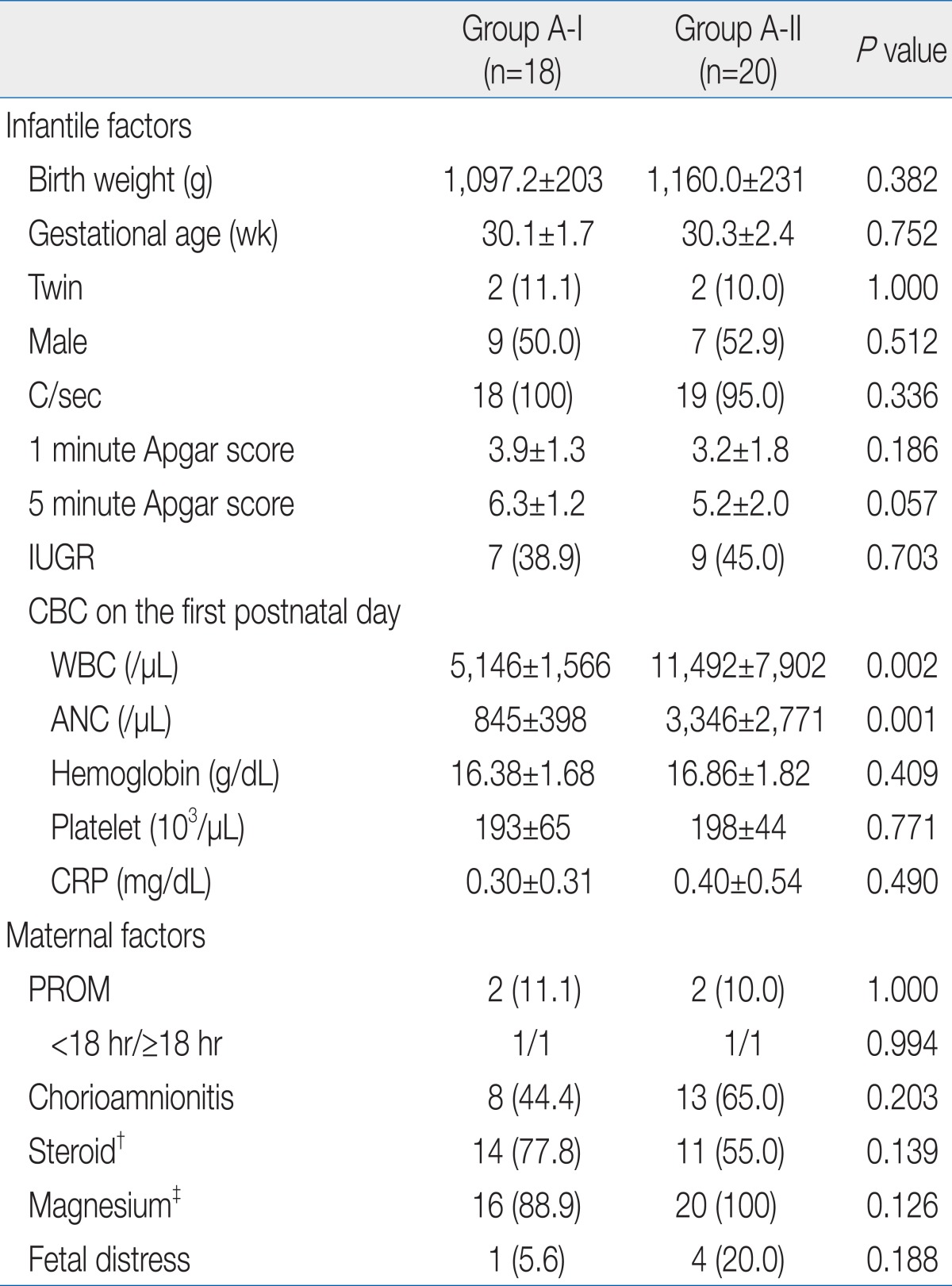
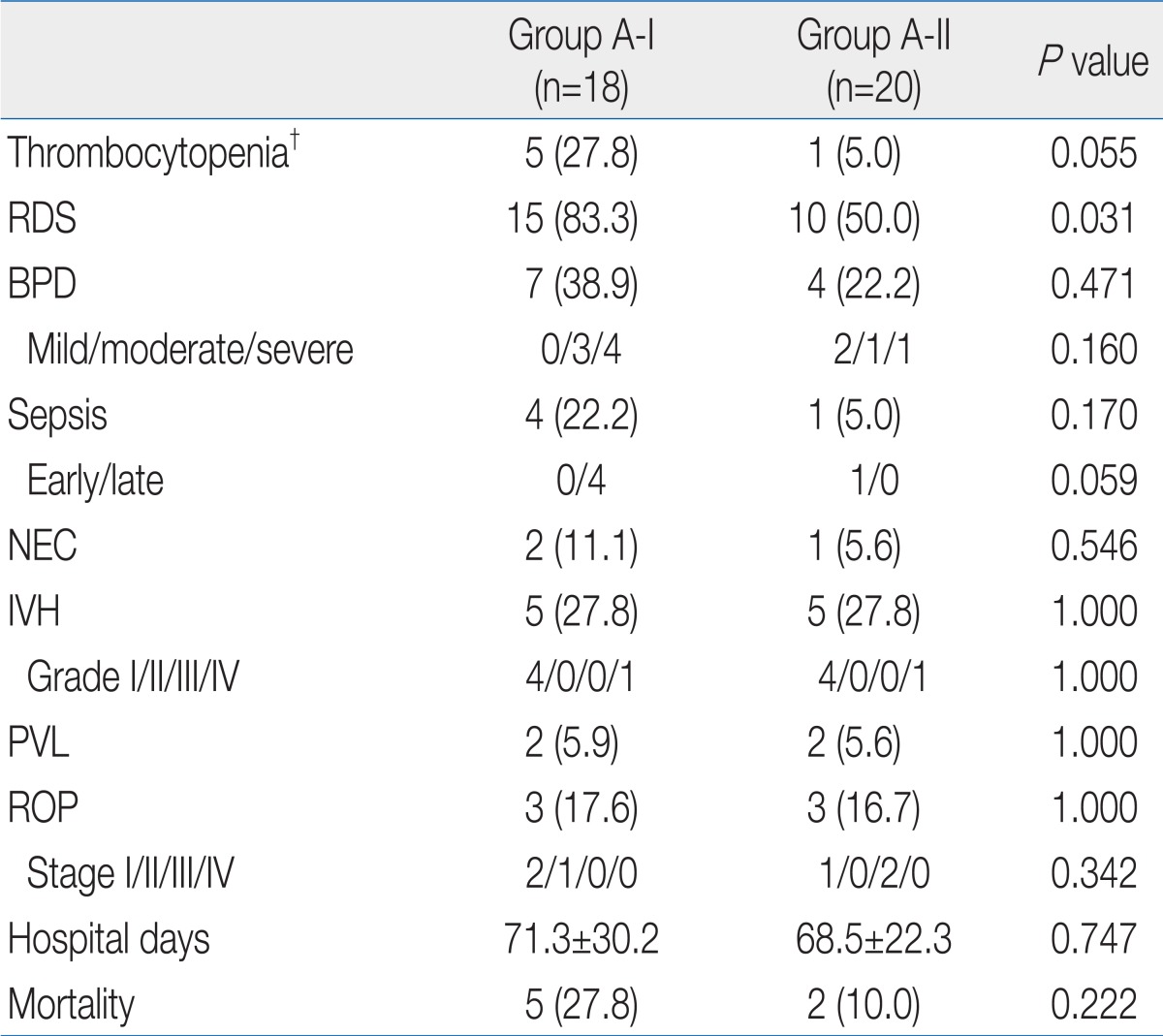




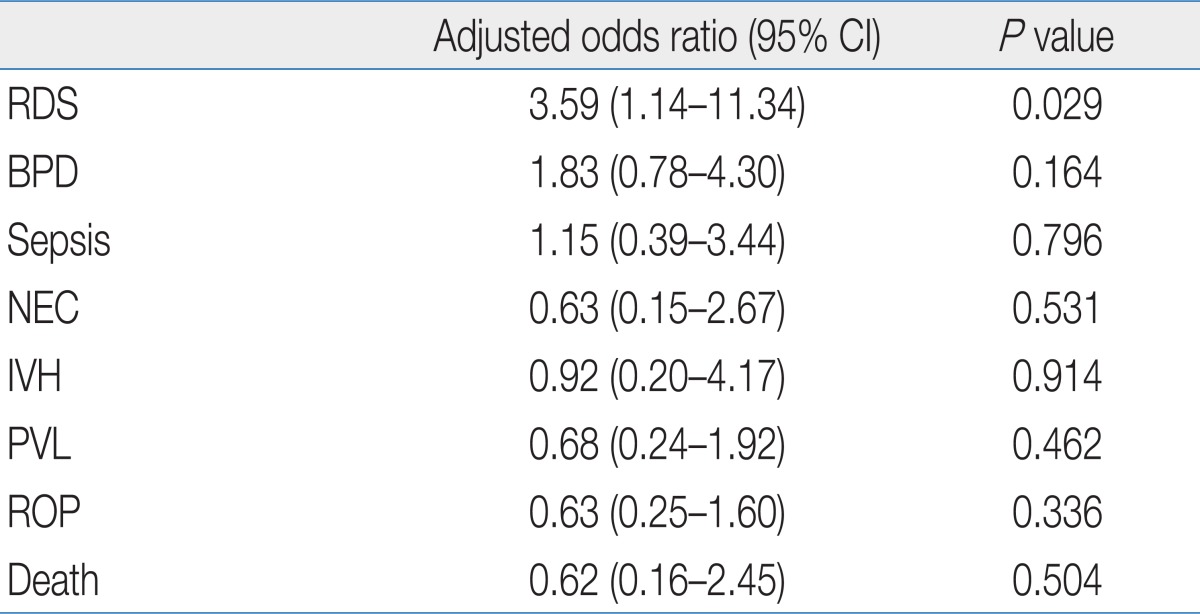

 PDF Links
PDF Links PubReader
PubReader PubMed
PubMed Download Citation
Download Citation


